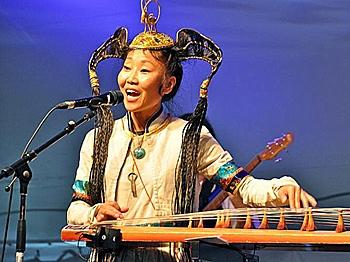The 1933 production of Legong: Dance of the Virgins, the last feature film shot using the two-colour Technicolor process, premieres at Ottawa’s Mayfair Theatre on Oct. 18 as part of the theatre’s Silents is Golden screening series.
Filmed on location in Bali using an all-Balinese cast, the tragic love story of a young Legong dancer is the last surviving silent film by a major Hollywood studio (Paramount).
A silent film is made without simultaneous sound or dialogue. During the silent film era, a live pianist would normally accompany the film to add an acoustic dimension to the show.
Built in 1932, the Mayfair Theatre is the perfect venue for showing the silent film, as this film genre resonated in the heritage building during the early years of its existence.
Gamelan Music Adds Acoustic Dimension to Silent Film
The last surviving silent film by a major Hollywood studio premieres in Ottawa.
Some of the many instruments played by members of Gamelan Semara Winangun. Pam McLennan/The Epoch Times
|Updated:
